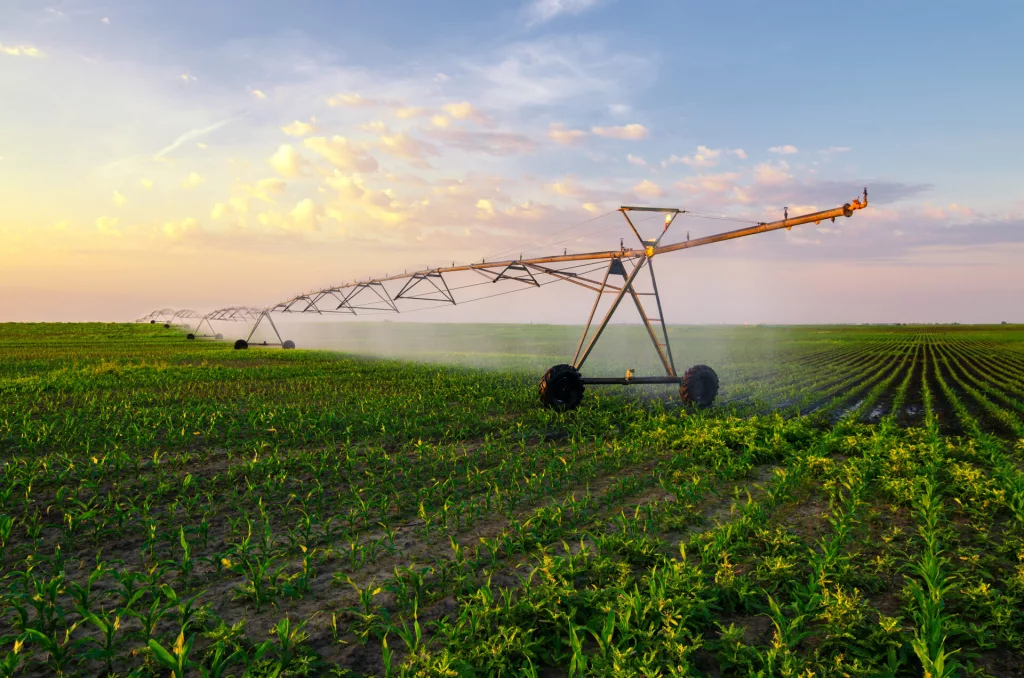Your browser doesn’t support HTML5 audio
A ten-year study of the Indiana water supply was just completed, and the results were unveiled Monday by the Indiana Chamber of Commerce which commissioned the study. In short, the findings are that water is plentiful, but the distribution of that water is not even.
Andy Tauer, Indiana Farm Bureau executive director of public policy, says they agree with that finding of what’s called Water Policy and Planning: A 10-Year Update.
“It does seem that yes, we are blessed here in Indiana with plentiful water, but the distribution of that water is where the challenge comes, and really it’s kind of the northern two thirds of the state of Indiana where we’re really blessed with water,” he said. “But as we get to especially that lower third, that is where water distribution and water supply becomes a major challenge and here in the central part of the state there’s water there but there’s definitely some pockets of some challenges.”
Tauer says INFB was pleased with recommendations that were outlined to address water distribution, including “need for a statewide plan, we need some additional monitoring to really assess and verify the volume of water, the volume of resource that we do have here in Indiana. And so a lot of that aligns with what we’ve heard from our members and ultimately our internal water task force here at Indiana Farm Bureau.”
Indiana Farm Bureau does question a number mentioned in average daily use of Indiana groundwater. Ag irrigation operations were tagged at 23 percent of the daily average.
“And I think that’s where we scratch our heads a little bit, because we know irrigation wells are seasonal and in that seasonality only maybe 30 to 45 days of operation. Those numbers are something we’ll continue to have conversation about with the folks who put the report together and folks at DNR who track the high volume, high capacity wells and see if we can start to pull that that information apart. So that’s where we’ve got a little bit of concern.”
Tauer says next steps are to wait on remaining studies being done which should provide clarity on future direction. He expects much of that to be on the table during the 2025 Indiana General Assembly.

